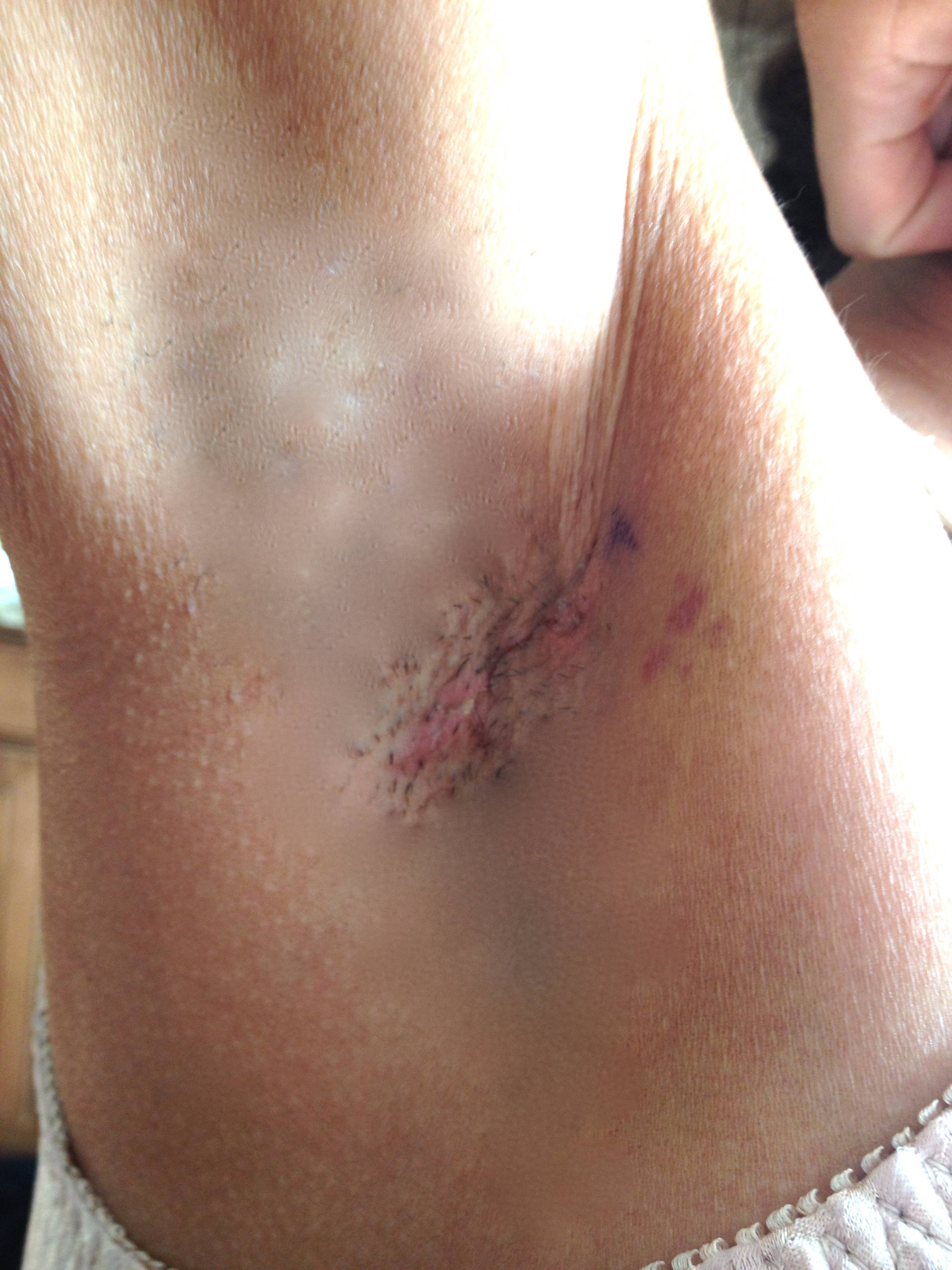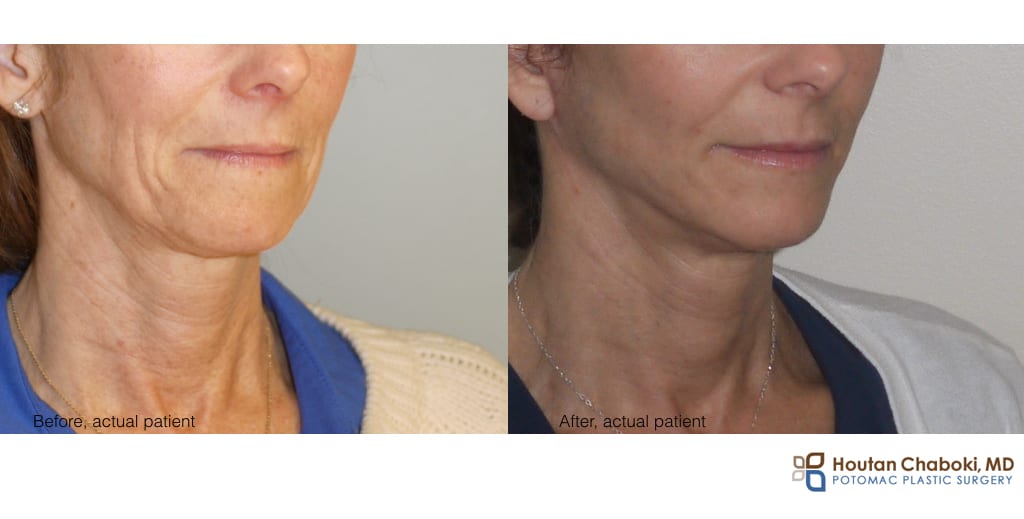
Breast implant cancer is a rare but very common condition. This type of cancer results from long-term inflammation due to bacterial infection. The following article will explain the symptoms of this cancer and the treatment options available to women who have developed the condition. These are the options for women who suspect they might have breast implant cancer. Breast implants can cause complications in some women, but it is rare.
BIA–ALCL is a form of cancer in breast implants
What should you expect if your breast implants are being considered? Breast implants cancer can cause lumps and asymmetry as well as pain. This may be due to BIA-ALCL. It can develop seven to ten year after the procedure. Although a mammogram might detect breast cancer, BIA/ALCL is not always diagnosed.
ALCL can occur anywhere on the body. But it's more common to be found in the skin, lymph nodes and hair. BIA-ALCL is a subtype that forms around breast implants and scar tissue. The implant can be removed surgically to treat this type. However, it is possible to avoid its destructive effects by early detection. The disease can be curable if detected early.

It is uncommon
While the risk of getting breast implants is relatively low, the association between implants and certain types of cancer is a serious one. Breast implants are associated with Anaplastic Long Cell Lymphoma (a rare form) of cancer. The disease affects the immune system and may develop years after the implants are placed. It is treatable once it has been diagnosed. There are many treatment options. If you feel that your breasts are becoming asymmetrical, painful, or swelling, it is best to consult your doctor.
It is possible, however, that breast implants contribute to breast cancer. An FDA alert has been issued to women who have breast implants. Although the risk of developing cancer is low, it's still very rare. The UK's health regulator states that one in twenty-four women is at risk of developing ALCL. Experts believe the true rate is closer to eight or ten percent, and the majority of cases are undiagnosed.
It is caused from a long-term inflammatory reaction due to bacterial contamination
It has been implicated in the development of breast implant-associated anaplastic large cell lymphoma. Breast implant contamination by bacteria is an ongoing process. There are multiple biological pathways that can switch the implants from a benign to pathologic state. Breast implants are generally considered benign unless they become infected. However, this can be changed by the body's response to biologic signals. These bacteria infections can cause a double capsule to form around the implant.
Capsular contraction is a prolonged inflammatory response to bacteria contamination of breast implant capsules. The most common cause is biofilm, which is a layer of bacteria around implants. Capsular contracture is more likely to occur when there are infections. As a result, many women have breast implants that do not meet medical guidelines for a smooth appearance after breast augmentation.

Treatment options
There are several treatments for breast implants cancer, including removal and replacement. These procedures are best for breast-cancer patients, as they preserve the natural form of the breast. They might not be right for everyone. Avoid them for women who smoke, are diabetics, or have connective tissue disease. They also require longer recovery time. Radiation therapy is sometimes recommended, but some patients may not find it helpful. Breast implants cancer is treatable. However, there are several things you should consider before having surgery.
FDA is investigating concerns about breast implants. Risk of lymphoma is greater for implants made from rough materials. According to FDA statistics the risk can be anywhere from 1 in 3,300 to 1 out of 30,000 patients. The number of lymphoma cases may vary depending on the type of texture implant used and the manufacturer. The FDA doesn't recommend the removal of breast implants.